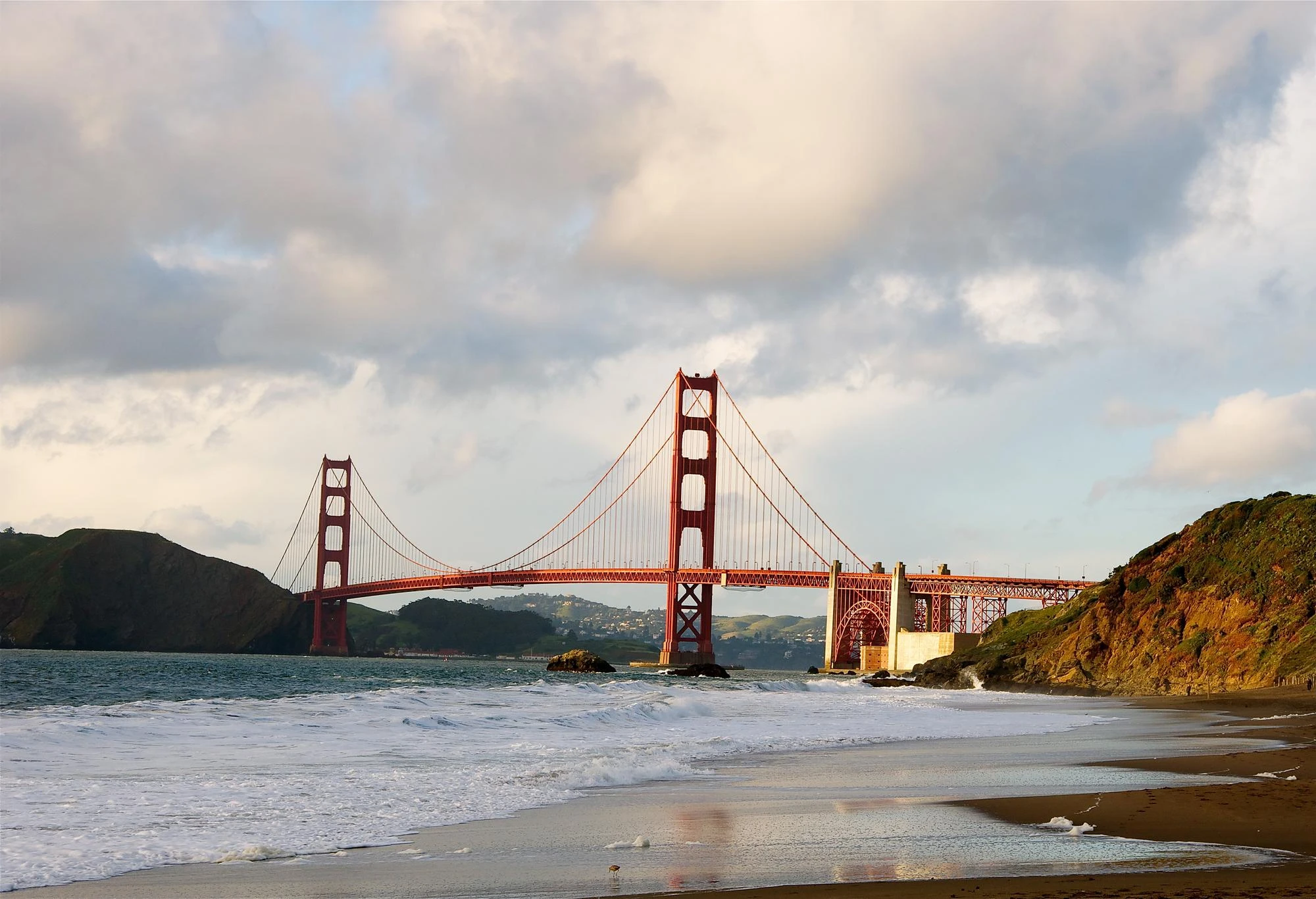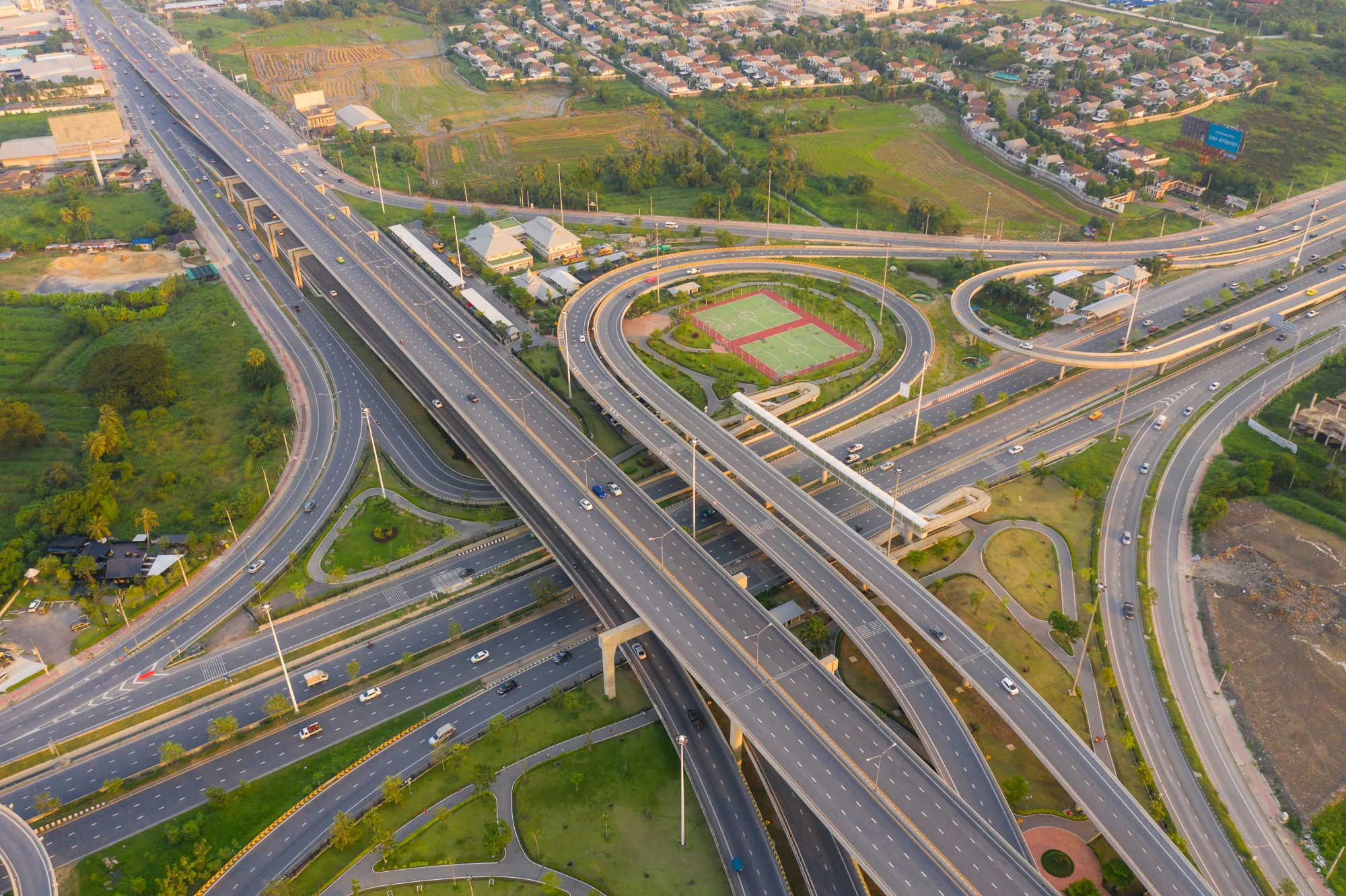
The Indian government is increasingly advocating for the use of Glass Fiber Reinforced Polymer (GFRP) rebar in highway construction to address durability and sustainability challenges. The Indian Roads Congress (IRC) has issued guidelines to encourage GFRP adoption in road projects, aiming to reduce long-term maintenance costs and enhance structural lifespan. By promoting this advanced material, the government is paving the way for innovative infrastructure development, ensuring resilient and cost-effective highways for future generations.
The Delhi Metro has embraced Glass Fiber Reinforced Polymer (GFRP) rebar to enhance durability and efficiency in its construction projects. GFRP rebar were extensively used in tunnel boring machine (TBM) operations, particularly for "soft-eye" zones, enabling easy machine access without compromising structural integrity. The non-corrosive and lightweight nature of GFRP ensured reduced maintenance and increased lifespan, crucial for Delhi's challenging urban and soil conditions. Additionally, GFRP rebar facilitated seamless construction, improving the overall safety and performance of underground structures. By incorporating this innovative material, the Delhi Metro demonstrated its commitment to sustainable and long-lasting urban infrastructure development.
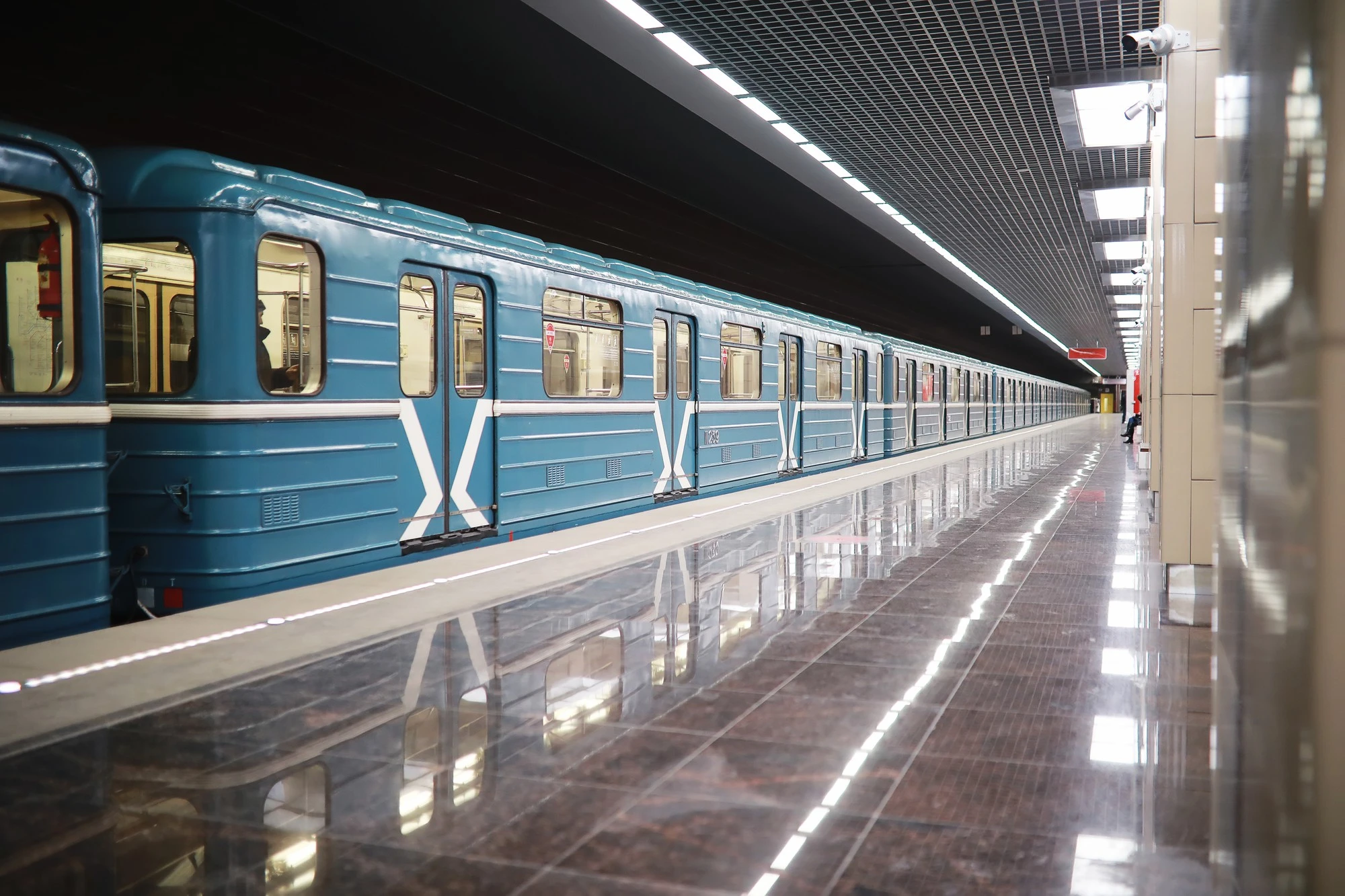
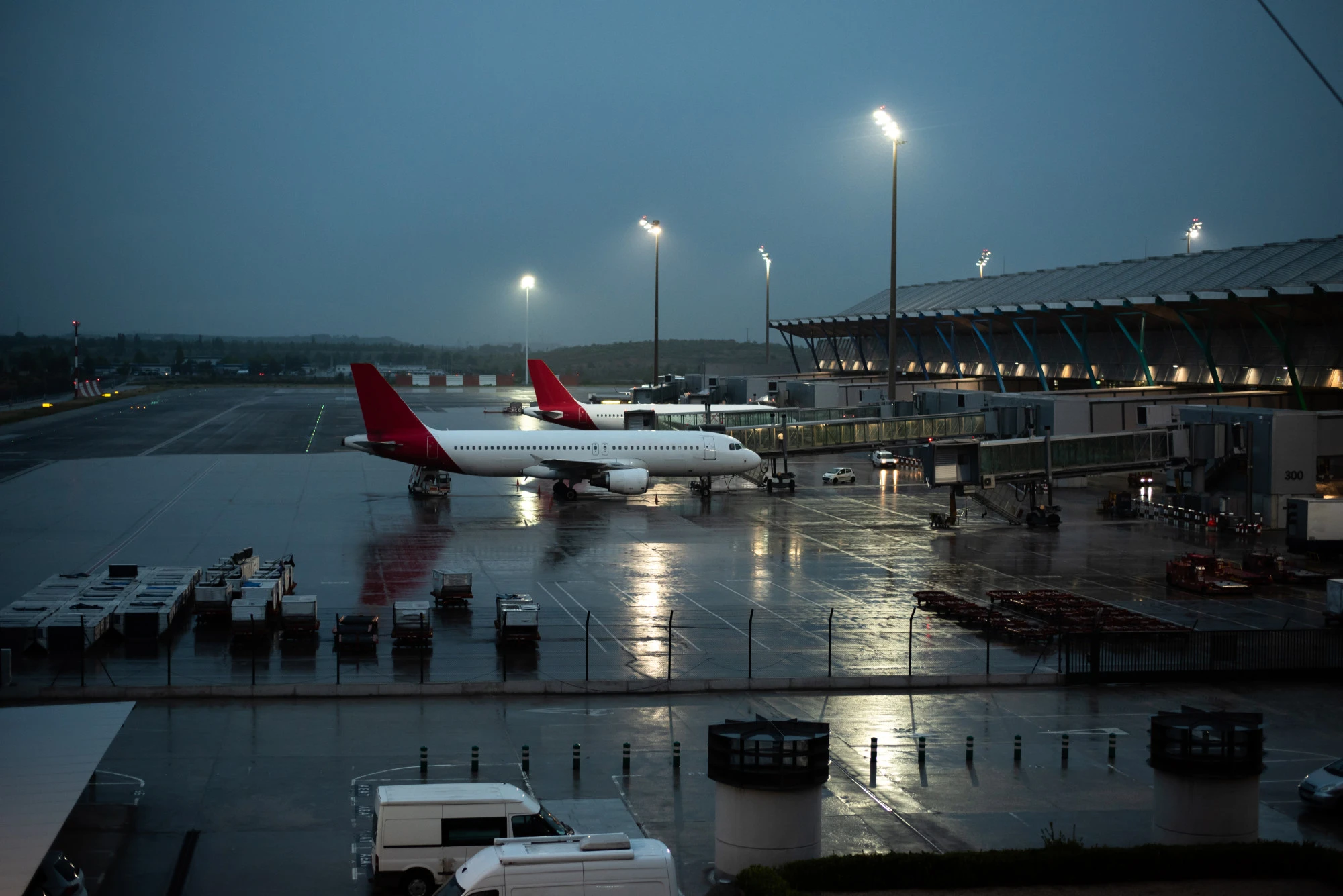
At Chennai International Airport, GFRP (Glass Fiber Reinforced Polymer) rebar was utilized to enhance the durability of the airport's infrastructure, particularly in areas exposed to harsh coastal conditions. Chennai, being a coastal city with high humidity and salinity, presents a challenging environment for traditional steel reinforcement due to the risk of corrosion from saltwater exposure. To mitigate this issue, GFRP rebar was incorporated into the construction of various airport structures, including the terminal and runway systems. The corrosion-resistant properties of GFRP ensured that the infrastructure would have a longer lifespan, reduced maintenance costs, and increased sustainability, making it a cost-effective solution for the airport’s development.
The Kochi Metro project exemplifies the effective use of Glass Fiber Reinforced Polymer (GFRP) rebar in infrastructure development. Located in a coastal region, Kochi faces significant challenges from corrosion due to high humidity and saline conditions. To combat these issues, GFRP rebar were utilized in bridge and viaduct construction, ensuring enhanced durability and reduced maintenance costs. Lightweight and resistant to corrosion, GFRP rebar contributed to efficient construction processes while extending the lifespan of critical structures. This innovative approach highlights Kochi Metro's commitment to sustainable engineering, setting a benchmark for infrastructure resilience in India's coastal regions.
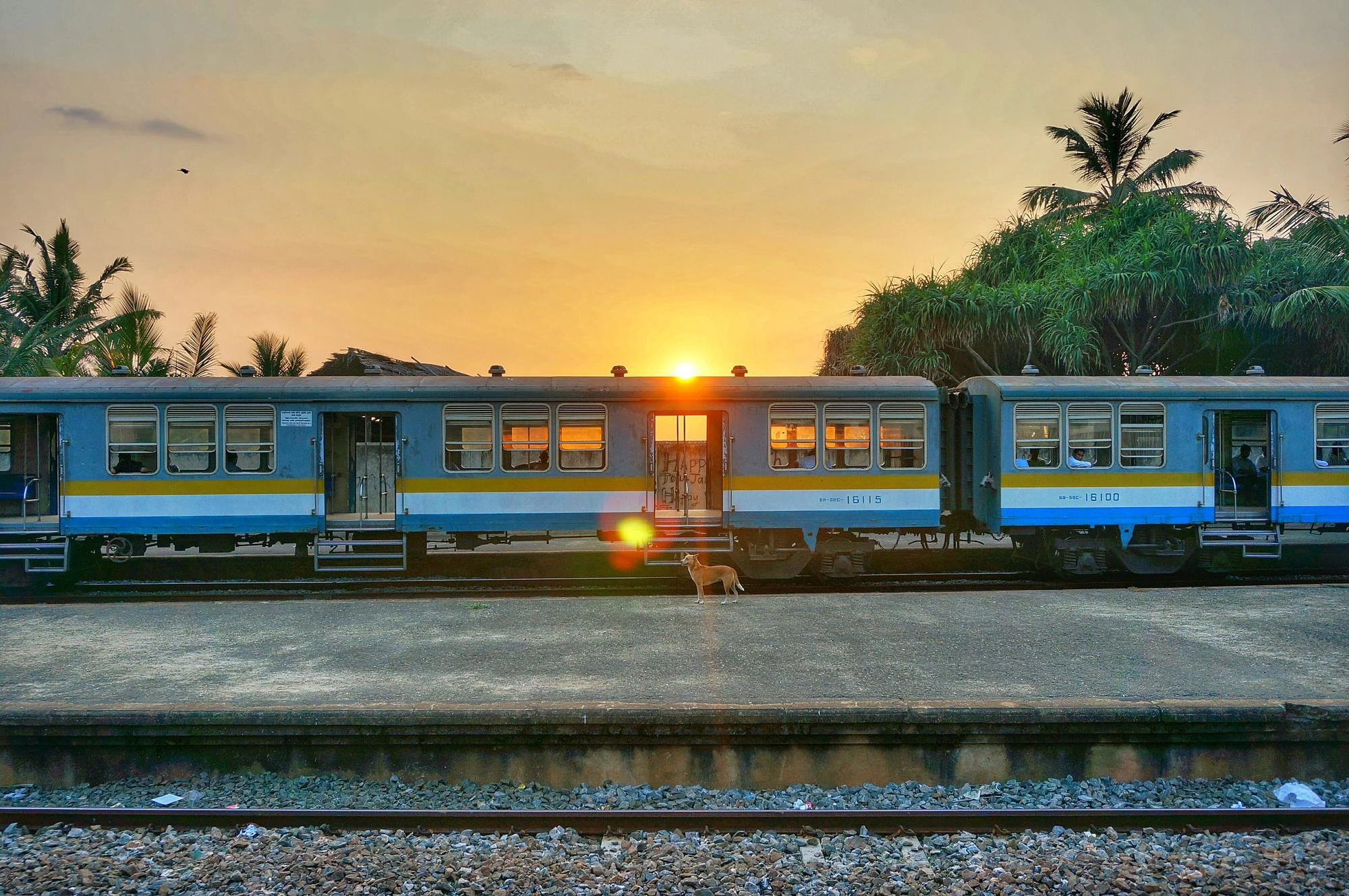
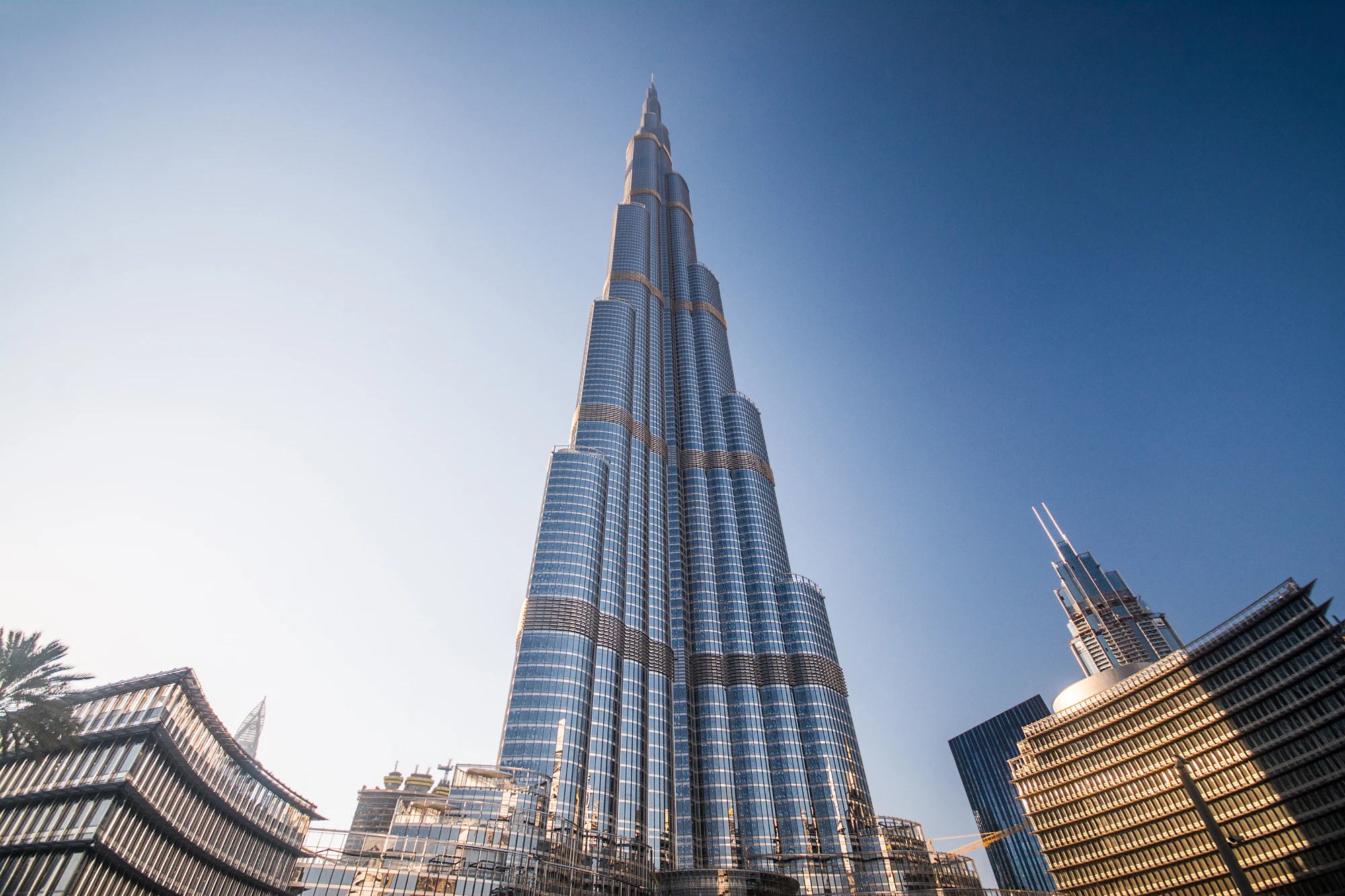
The Burj Khalifa, the tallest building in the world, incorporates advanced construction materials, including Glass Fiber Reinforced Polymer (GFRP) rebar. Given Dubai's humid, saline environment, traditional steel reinforcement would be prone to corrosion, leading to higher maintenance costs. To address this, GFRP rebar were used in certain sections of the building's foundation and structure. GFRP's corrosion resistance, lightweight properties, and strength ensured that the Burj Khalifa could withstand the harsh climate while reducing long-term maintenance needs. The use of GFRP highlights the importance of innovative materials in creating sustainable, durable, and cost-effective architectural marvels.
The Shard, London’s iconic skyscraper, incorporated Glass Fiber Reinforced Polymer (GFRP) rebar in its construction to enhance the durability of its concrete structures. Given the high urban density and exposure to harsh environmental conditions, including pollution and moisture, GFRP rebar was chosen for its superior corrosion resistance. This material helped extend the lifespan of the building by preventing the degradation associated with traditional steel reinforcement. The use of GFRP rebar in key areas of the structure reduced maintenance costs and increased the building’s overall sustainability, showcasing the material's effectiveness in high-profile, challenging construction projects.
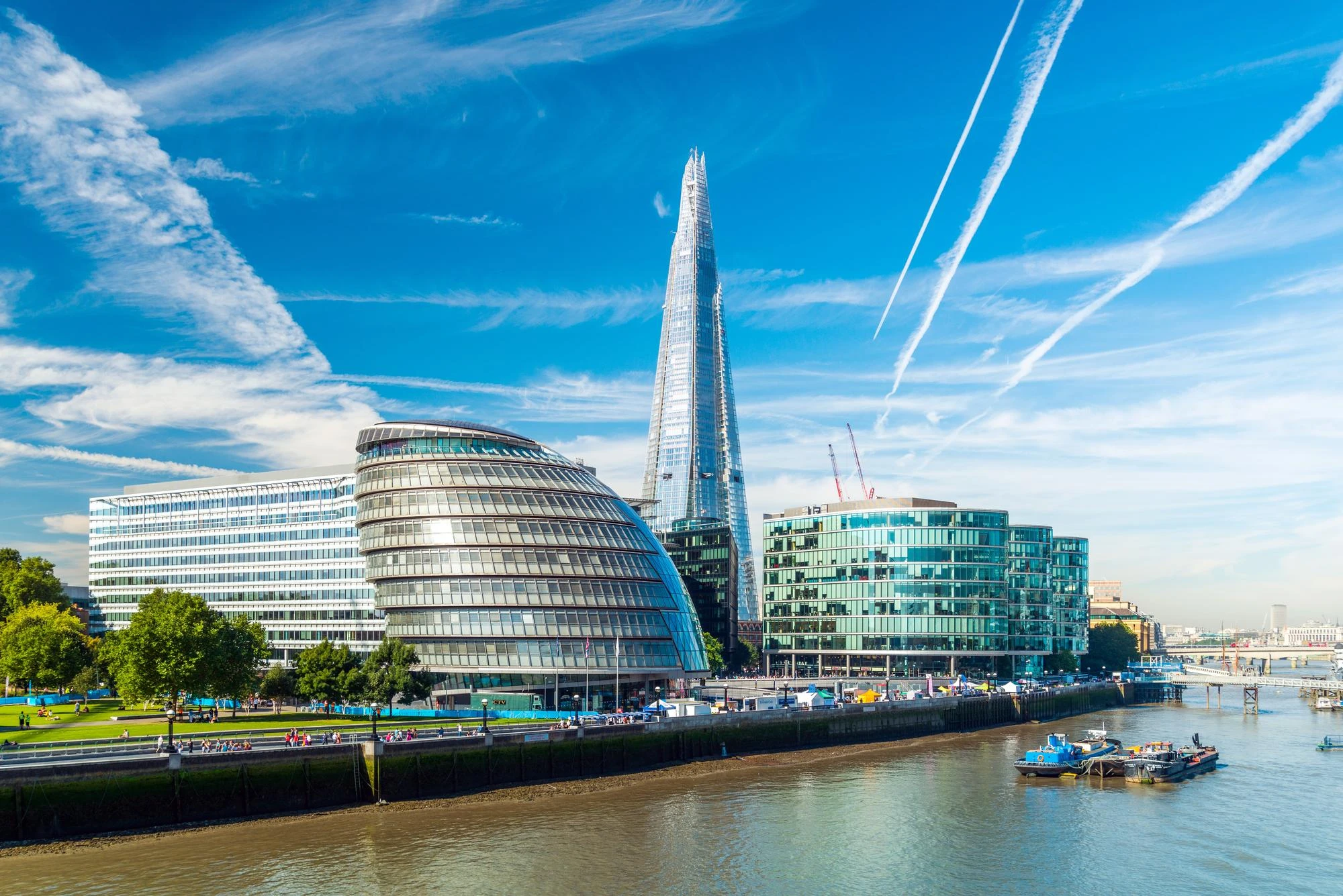
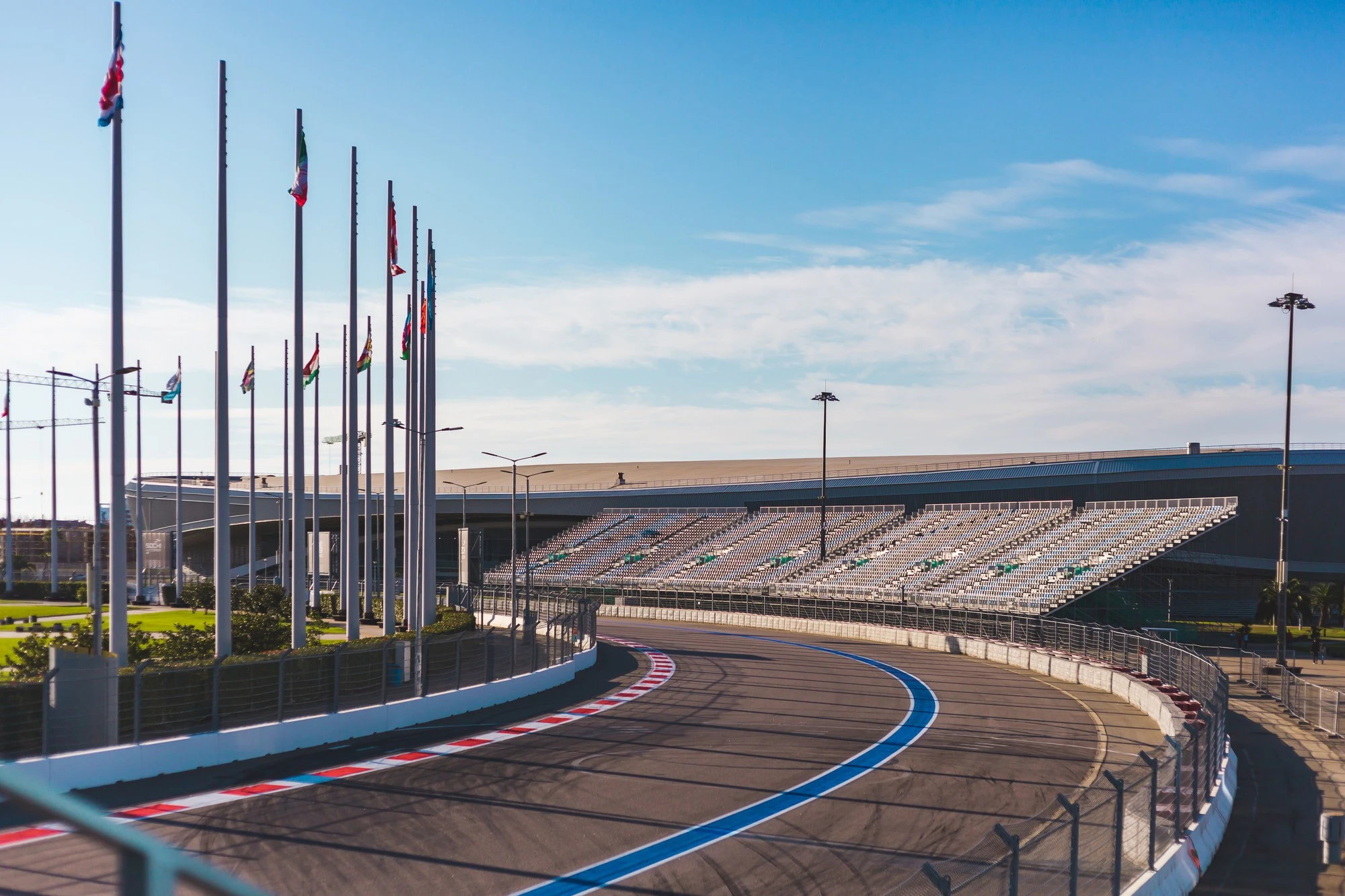
The YAS Island Formula 1 Racetrack in Abu Dhabi utilized Glass Fiber Reinforced Polymer (GFRP) rebar in its construction to enhance durability and reduce maintenance needs. The racetrack, located in a harsh, high-humidity, and saline environment, benefits from GFRP’s superior corrosion resistance. By using GFRP rebar, the project team ensured that the infrastructure could withstand the extreme conditions while maintaining its structural integrity. The lightweight and high-strength properties of GFRP also contributed to faster construction and cost savings. This application of GFRP rebar highlights its effectiveness in high-performance, long-lasting infrastructure projects, particularly in challenging environmental conditions.
The use of Glass Fiber Reinforced Polymer (GFRP) rebar in the construction of FIFA World Cup 2022 stadiums in Qatar was driven by the region's extreme environmental conditions. Qatar's high temperatures, humidity, and saline air pose significant challenges for traditional steel reinforcement, leading to accelerated corrosion and maintenance issues. GFRP rebar, known for its corrosion resistance and durability, was used to reinforce the concrete in these stadiums. It helped protect the structures from the harsh climate, reducing long-term maintenance costs and enhancing the lifespan of the buildings. Stadiums like Lusail Iconic, Al Bayt, and Al Janoub benefited from this innovative approach, ensuring long-term structural integrity and sustainability in the face of Qatar's challenging weather conditions.
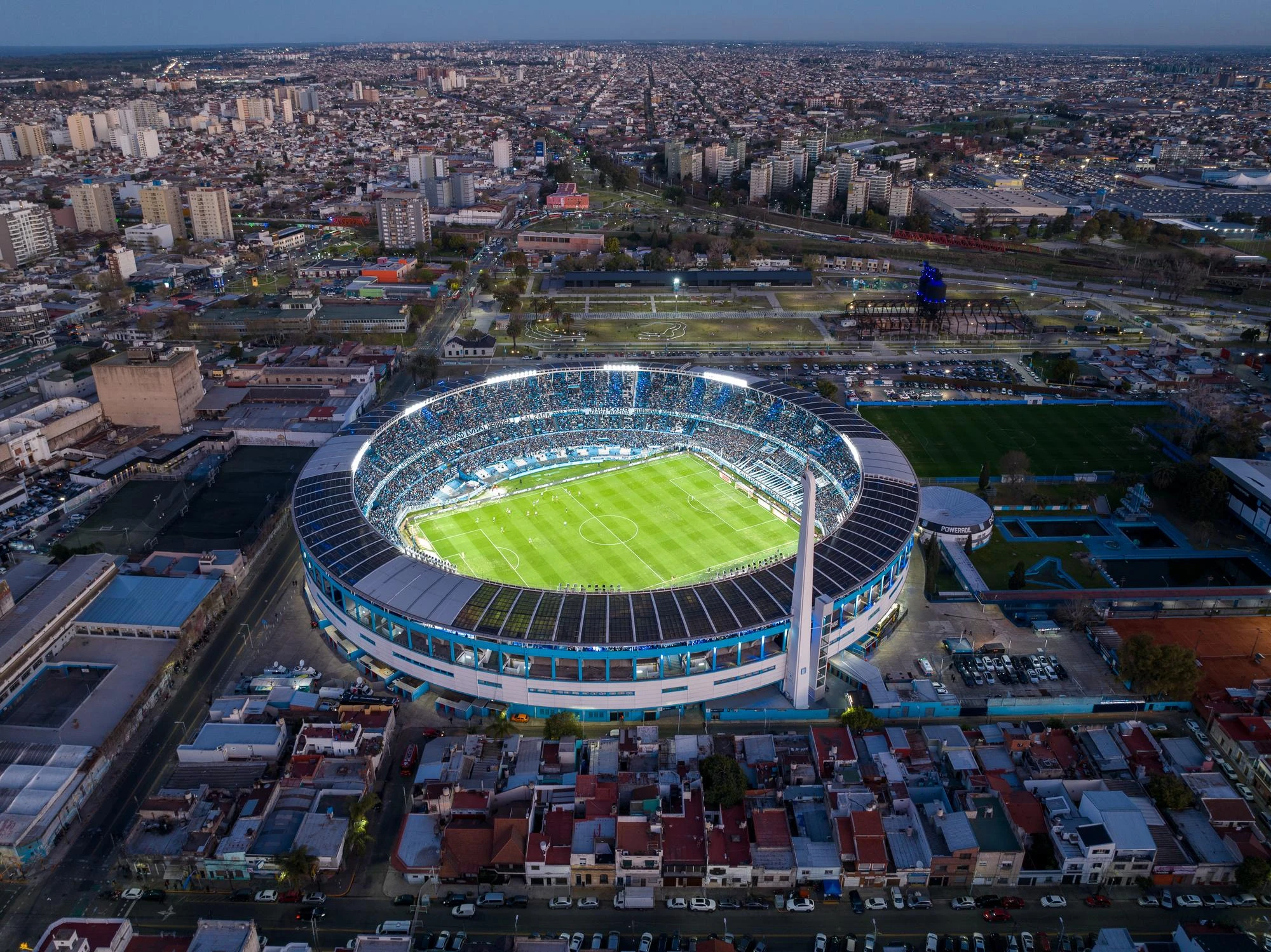
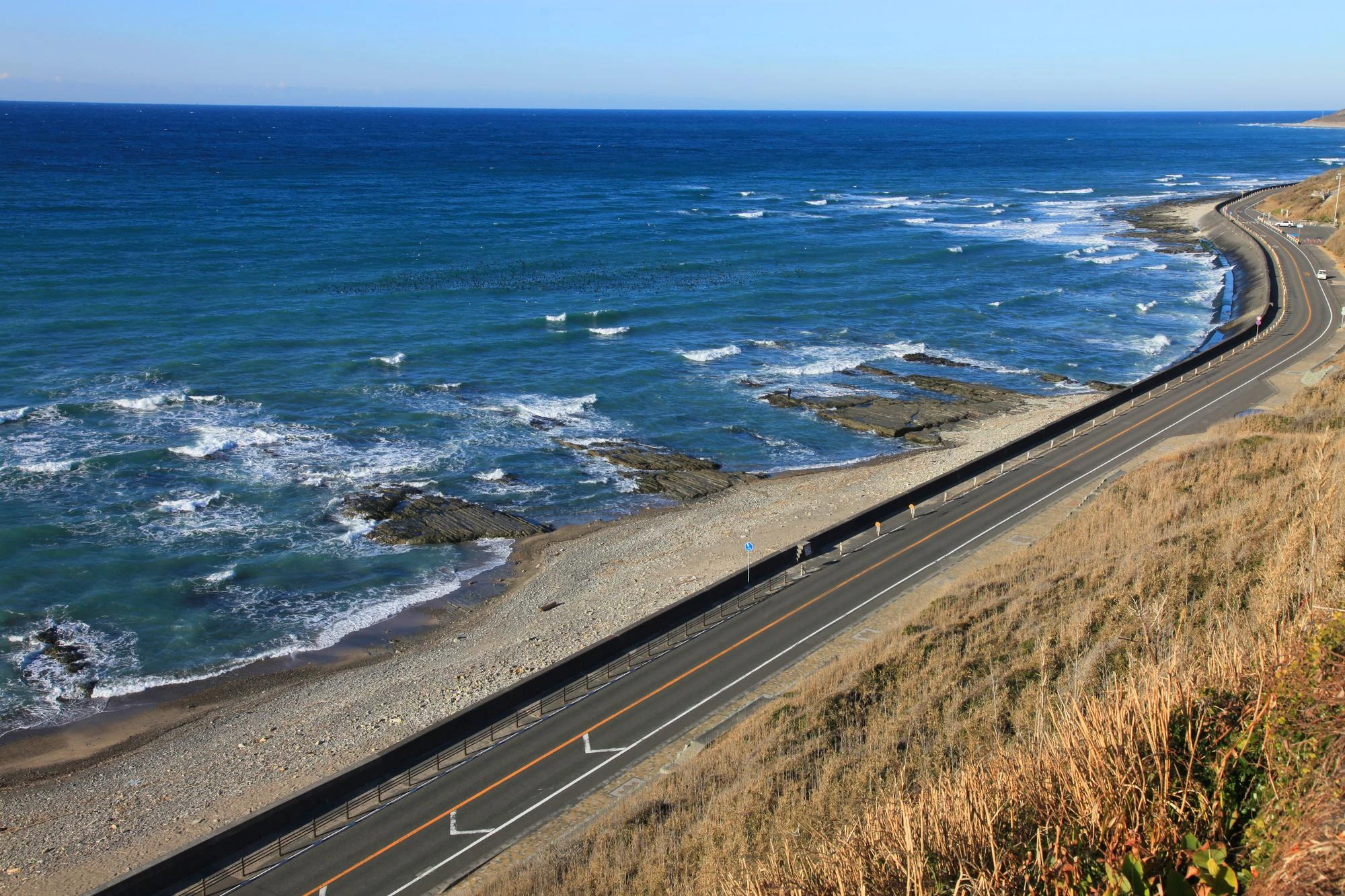
The Pacific Coast Highway in California, a major coastal route, incorporated GFRP rebar in its construction of bridges and other road infrastructure. The highway, exposed to saltwater and frequent exposure to de-icing chemicals, benefited from the corrosion-resistant properties of GFRP rebar. This material significantly reduced the risk of structural degradation caused by harsh environmental conditions, extending the lifespan of the highway’s critical infrastructure. By using GFRP rebar, the project minimized the need for costly maintenance and ensured the durability of the bridges and roadways, making it a sustainable solution for California's infrastructure.
The Peace Bridge in Calgary, Canada, used Glass Fiber Reinforced Polymer (GFRP) rebar in bridge construction. Located over the Bow River, the bridge was designed to withstand Calgary’s extreme weather conditions and heavy use of de-icing salts during winter. GFRP rebar was chosen for its superior corrosion resistance, ensuring long-term durability and reducing the need for frequent maintenance. The lightweight properties of GFRP also facilitated faster construction, while its high strength maintained the structural integrity of the bridge. This innovative use of GFRP showcases its effectiveness in enhancing the lifespan of infrastructure in harsh environments.
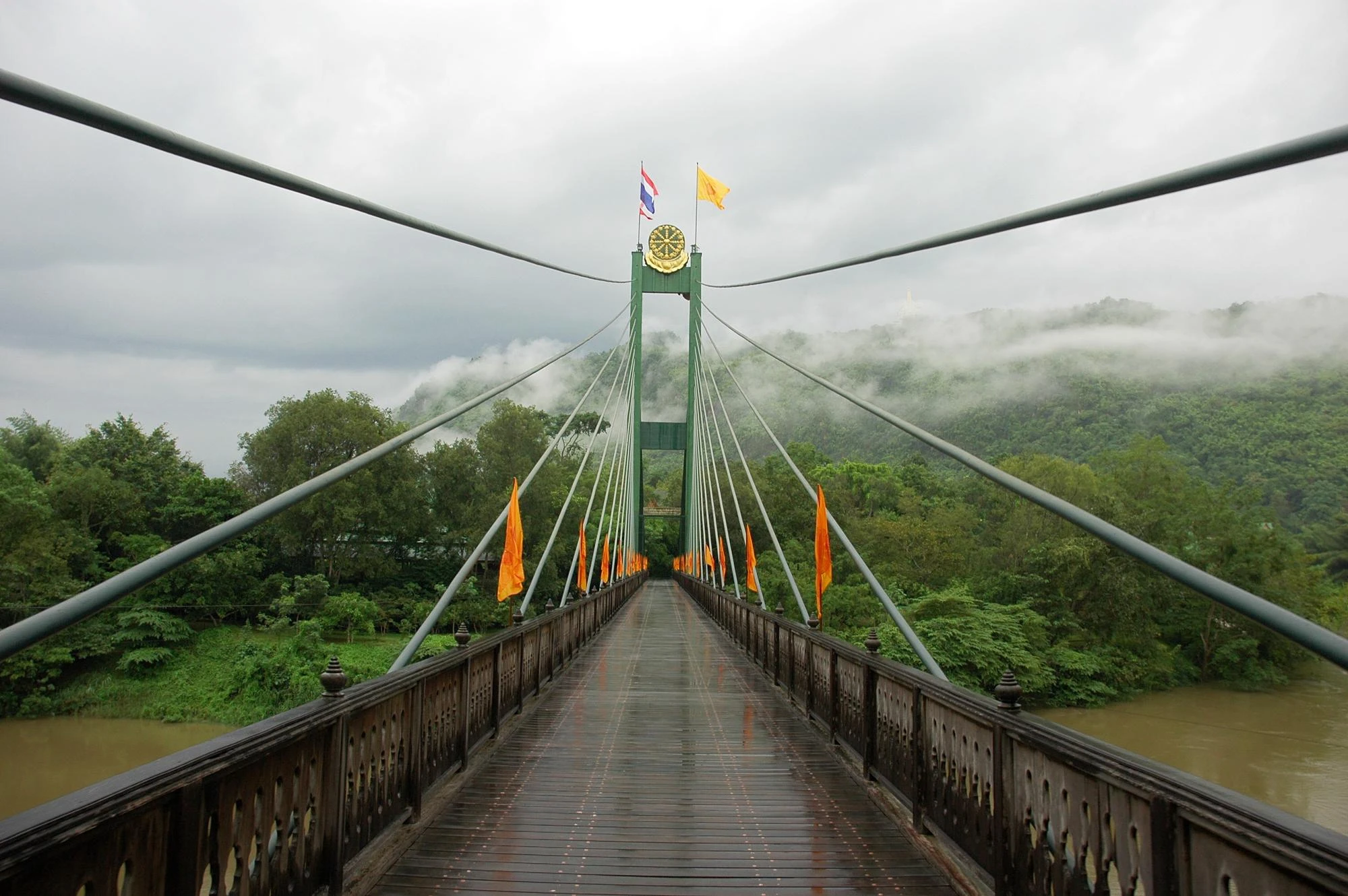
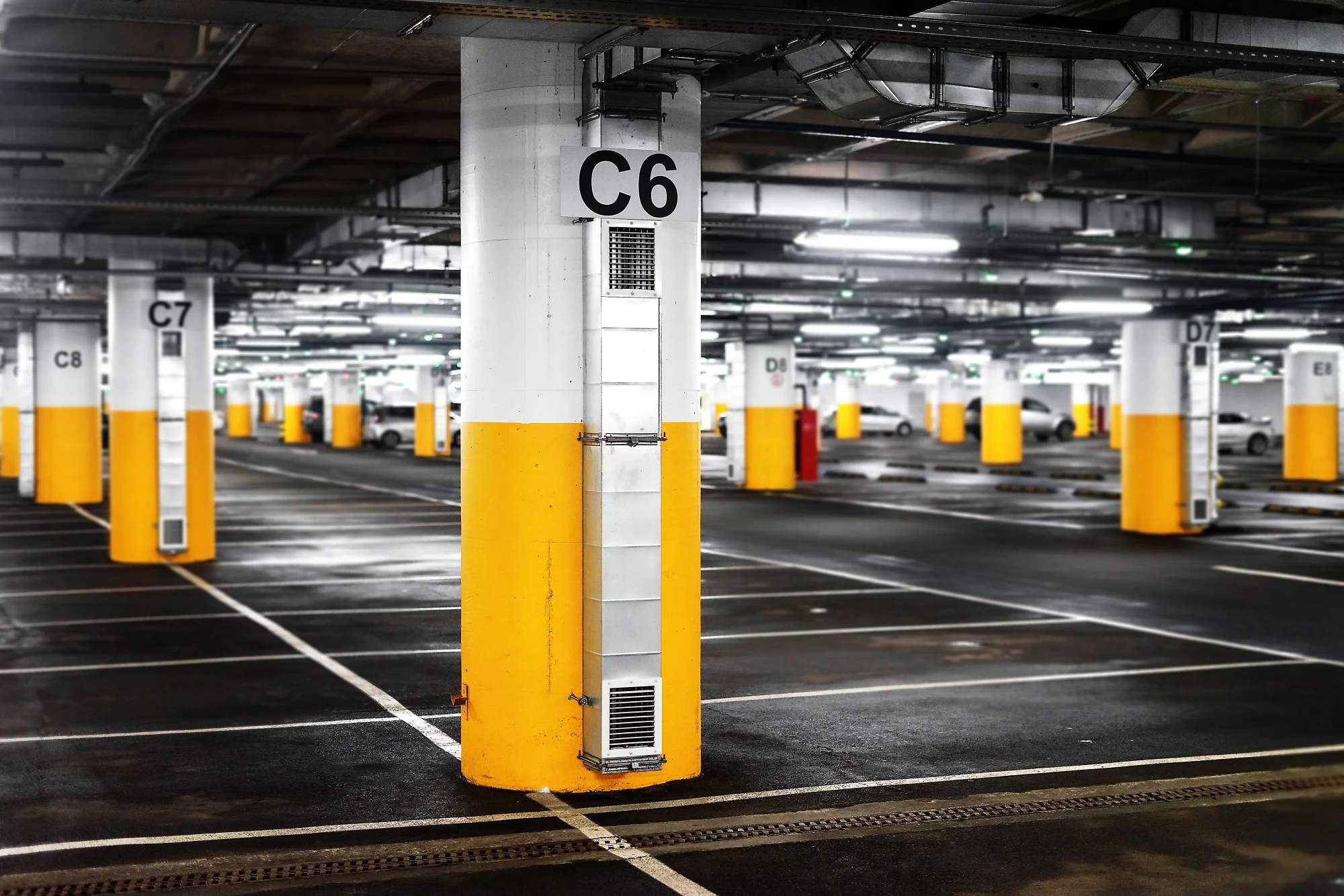
The La Chancelière Parking Garage in Québec, Canada, underwent significant rehabilitation using Glass Fiber Reinforced Polymer (GFRP) rebar to replace corroded steel reinforcement. Built over 40 years ago, the parking structure faced severe corrosion due to exposure to de-icing salts and harsh environmental conditions. GFRP rebar, known for its superior corrosion resistance, was chosen to enhance the garage's durability and extend its service life. This upgrade not only improved the structural integrity of the garage but also reduced long-term maintenance costs. The use of GFRP rebar in this project highlights its effectiveness in extending the lifespan of aging infrastructure.
The San Francisco Bay Bridge, a critical transportation link in California, incorporated Glass Fiber Reinforced Polymer (GFRP) rebar in its rehabilitation project to address corrosion issues caused by exposure to seawater and harsh environmental conditions. GFRP rebar was selected for its superior corrosion resistance, which significantly enhanced the bridge’s durability and reduced the need for frequent maintenance. The use of GFRP rebar in key sections of the bridge helped ensure its long-term stability while minimizing the impact of corrosive elements. This innovative approach extended the service life of the iconic bridge, showcasing the benefits of GFRP in infrastructure projects.
